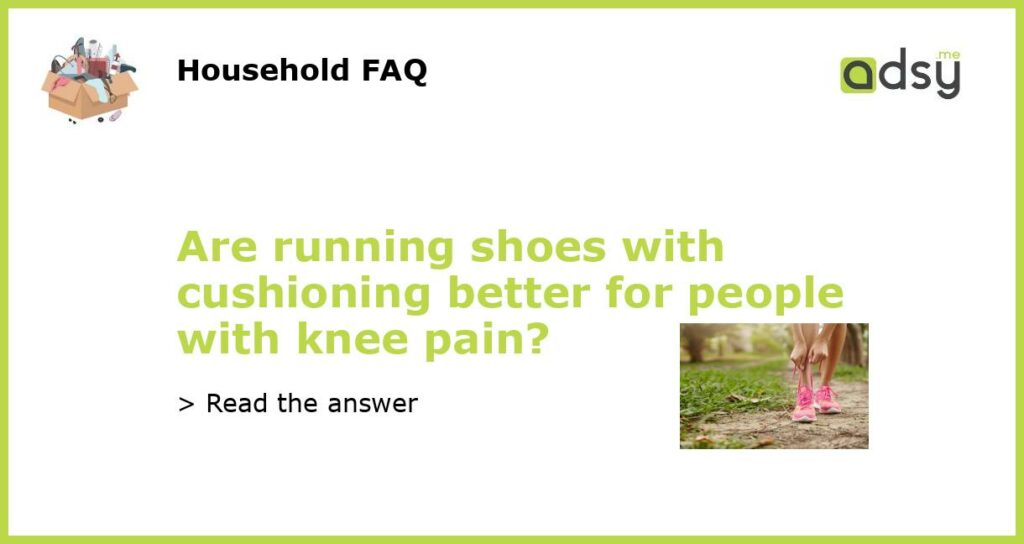Running Shoes with Cushioning: Are They Better for People with Knee Pain?
If you’re someone who suffers from knee pain, you’re probably well aware of the impact it can have on your daily activities. Whether you’re a seasoned runner or just enjoy going for walks, knee pain can significantly hinder your ability to stay active. That’s why finding the right running shoes is crucial, especially when it comes to cushioning. But are running shoes with cushioning truly better for people with knee pain?
The Importance of Cushioning
When it comes to running shoes, cushioning plays a significant role in absorbing shock and reducing the impact on your joints. The cushioning in running shoes serves as a protective layer between your feet and the ground, helping to minimize the stress placed on your knee joints. This is particularly important for individuals with knee pain, as the additional cushioning can help alleviate some of the discomfort and potentially prevent further damage.
High-quality running shoes with good cushioning are designed to distribute and absorb the forces that occur with each step. The cushioning materials, such as gel or foam, help to reduce the impact forces that can contribute to knee pain. By cushioning the foot, these shoes help to reduce the loading forces that are transmitted to the knee joint, providing relief for those with knee pain.
The Debate: Cushioning vs. Minimalist Shoes
While cushioned running shoes have traditionally been recommended for individuals with knee pain, there has been a growing interest in minimalist shoes. These shoes have minimal cushioning and are designed to closely mimic the feeling of running barefoot. Proponents of minimalist shoes argue that they promote a more natural running form, which can potentially reduce knee pain.
However, the research on the benefits of minimalist shoes for knee pain is limited, and the current consensus among experts is that cushioned running shoes are generally better for people with knee pain. The cushioning in these shoes provides additional shock absorption, helping to protect the knee joints. Minimalist shoes, on the other hand, may place more stress on the knee joints due to the lack of cushioning.
Finding the Right Running Shoes for Knee Pain
When it comes to selecting running shoes for knee pain, there are a few key factors to consider:
- Cushioning: Look for running shoes with adequate cushioning to help absorb shock and reduce the impact on your knees.
- Arch Support: Consider the level of arch support in the shoes. Proper arch support can help improve your running form and reduce knee pain.
- Stability: Opt for shoes that provide stability and prevent excessive inward rolling of the foot, which can put added stress on the knees.
It’s also important to remember that every individual is unique, and what works for one person may not work for someone else. It’s a good idea to consult with a healthcare professional or a knowledgeable shoe fitter who can assess your individual needs and recommend the appropriate running shoes for your specific condition.
Additional Measures for Knee Pain Relief
While finding the right running shoes is important, there are also other measures you can take to help alleviate knee pain:
- Strength Training: Strengthening the muscles around the knee can help provide support and stability. Focus on exercises that target the quadriceps, hamstrings, and glutes.
- Stretching: Incorporate regular stretching exercises into your routine to improve flexibility and reduce muscle tightness.
- Proper Technique: Pay attention to your running form and make sure you’re using proper technique. Avoid overstriding and maintain a slightly forward lean.
- Ice and Rest: If your knee pain becomes persistent or severe, it’s essential to give your knees some rest and apply ice packs to reduce inflammation.
By combining the right running shoes with these additional measures, you can effectively manage knee pain and continue to stay active.






